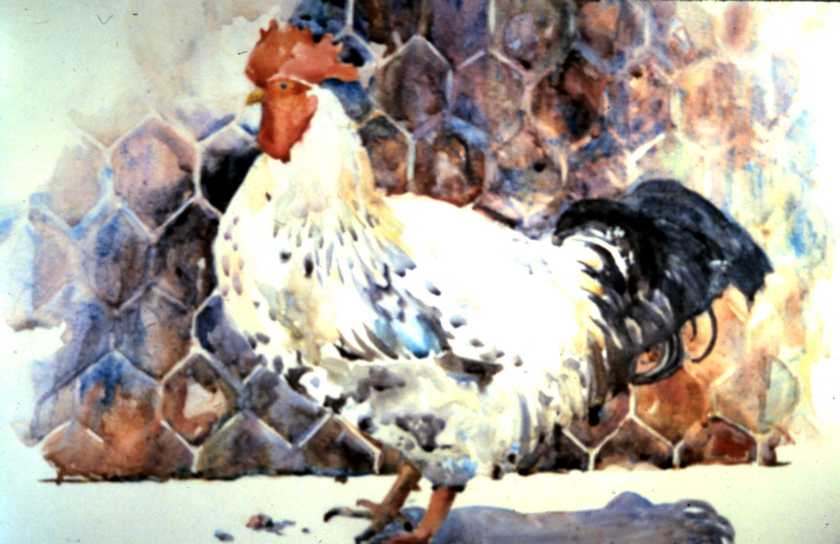original watercolor painting by kayti sweetland rasmussen
I was surprised to learn that buffalo do not really have wings! This is not a term that I grew up with. However, the annual frenzy of the Super Bowl is upon us, and it is a known fact that chicken (aka buffalo) wings are one of America’s favorite Super Bowl munchies.
This year, however, the ubiquitous treat is in jeopardy. There might not be enough wings to feed America’s insatiable hankering for Buffalo Wings. This Super Bowl, snackers will have 12.3 million fewer wings to chow down on than last year, according to the National Chicken Council. The culprit: Last summer’s drought drove feed prices up, so farmers couldn’t afford to raise as many birds.
This is at a time when wings are increasingly becoming to Super Bowl parties what eggs are to Easter and candy canes are to Christmas. Snacking is so important to Super Bowl activities, in fact, that many snack makers say the week leading up to the Super Bowl is when they post their biggest weekly sales bump of the year. Avocados are at a rock bottom price to encourage guacamole makers. The potato chip shelves are emptying fast. Cases of beer are sailing out the doors. Is sit any wonder then that America has an obesity problem?
All I can suggest then, is to make a mad dash for the nearest supermarket and load up before the Buffalo wings are history. For we fans in the Bay Area, our pom-poms are dusted off, and front row chairs reserved. Go Niners!!








